Request for Proposal Letter Samples
-
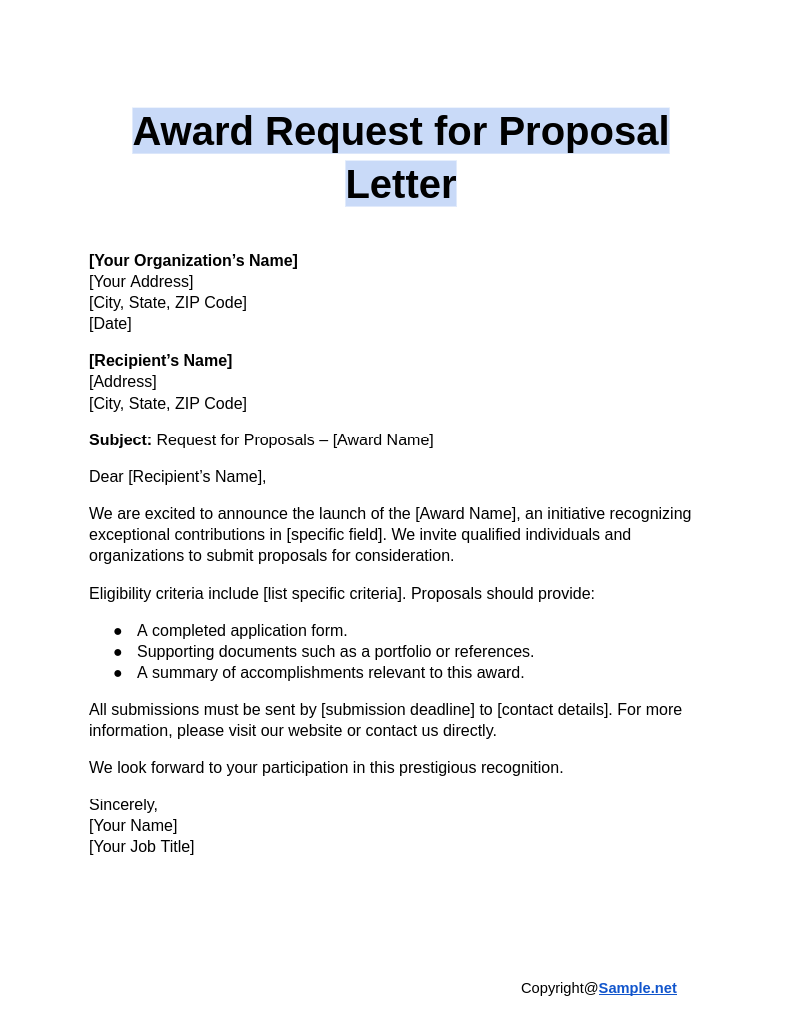
Award Request for Proposal Letter
download now -
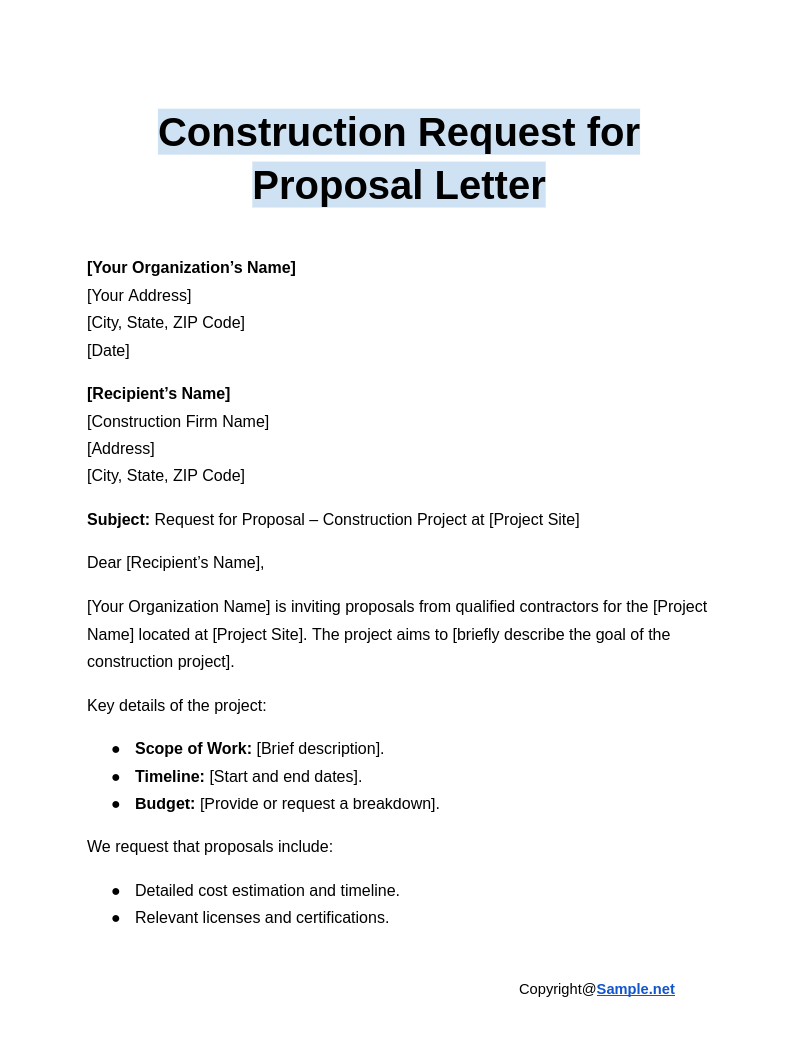
Construction Request for Proposal Letter
download now -
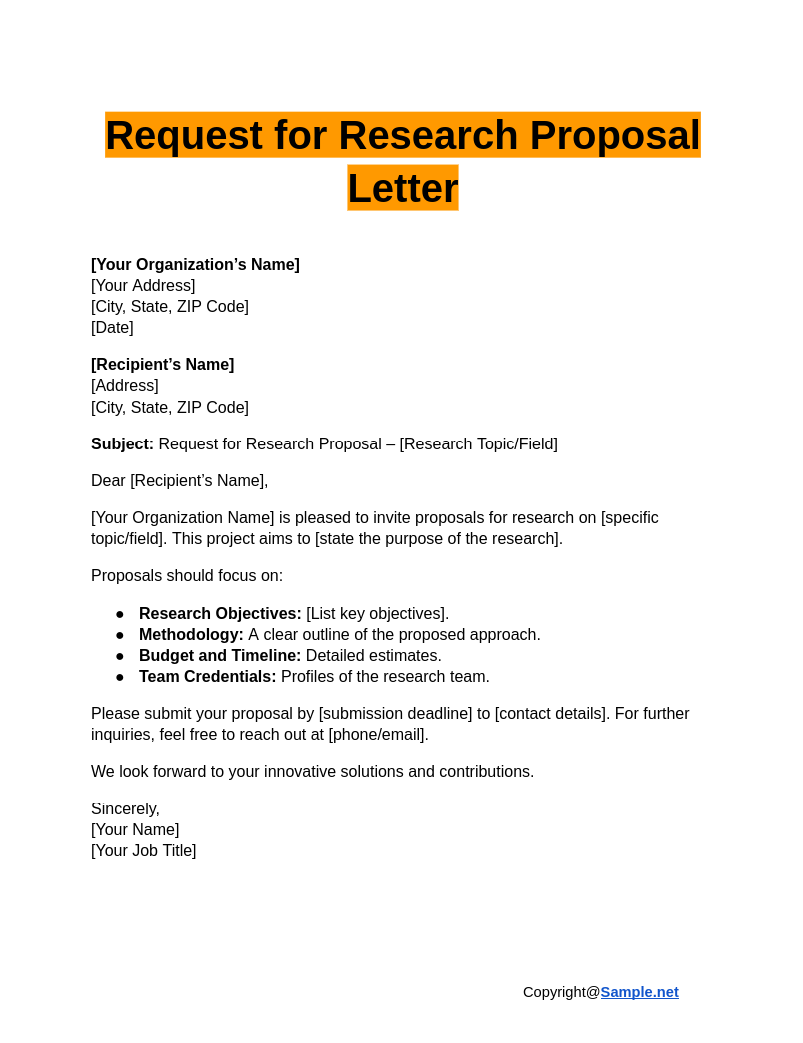
Request for Research Proposal Letter
download now -
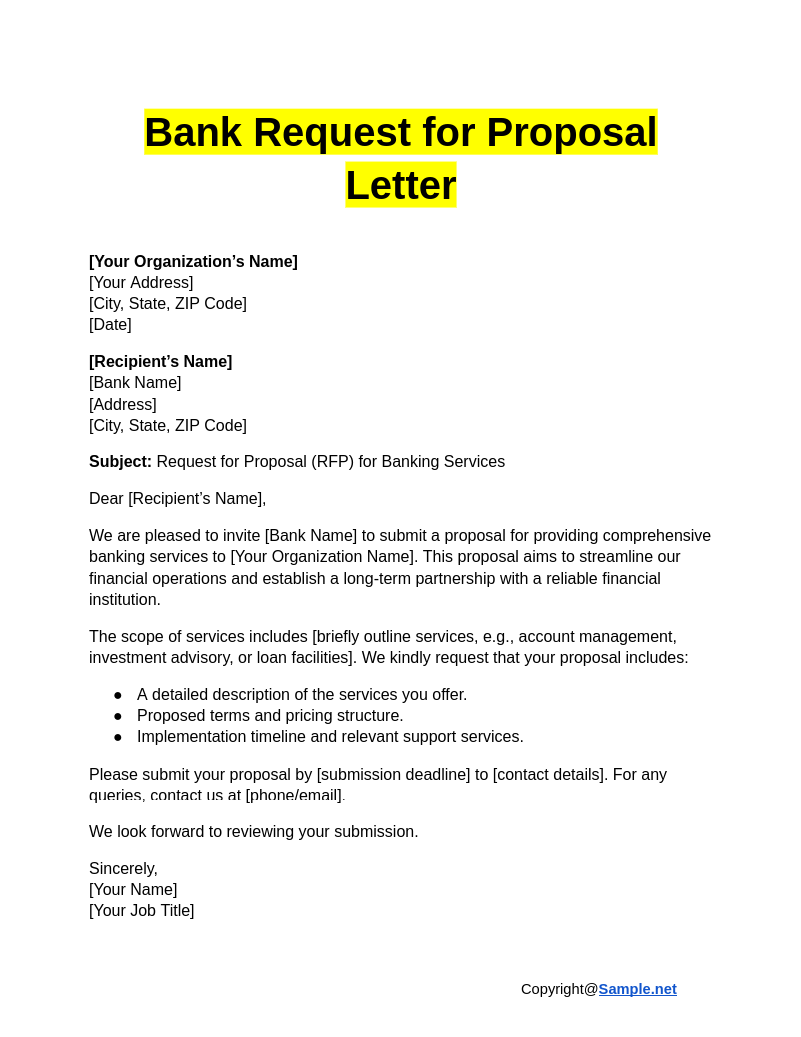
Bank Request for Proposal Letter
download now -

Sample Request for Proposal Letter
download now -
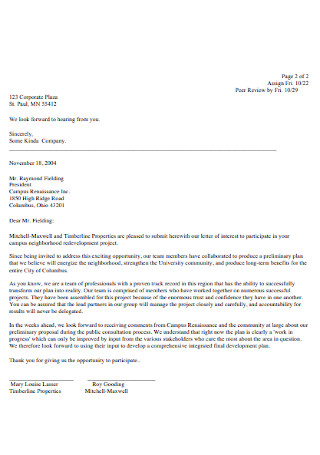
Request for Proposal Letter of Interest Template
download now -
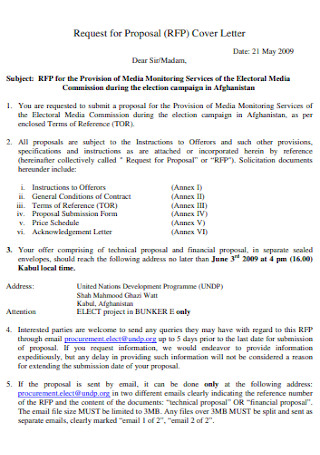
Request for Proposal Cover Letter
download now -
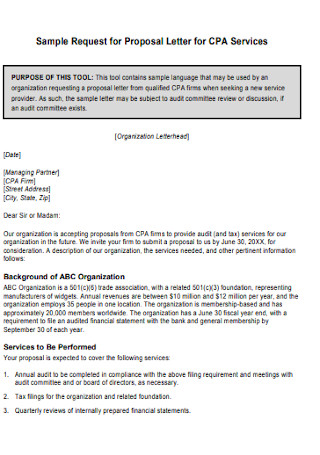
Sample Request for Proposal Letter for Services Template
download now -
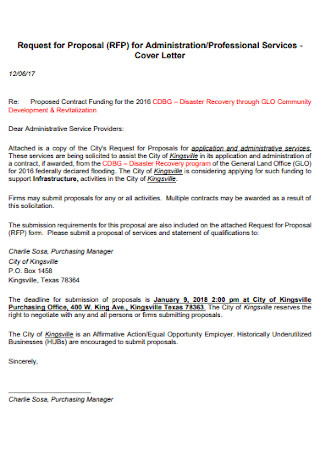
Request for Proposal for Administration Cover Letter
download now -
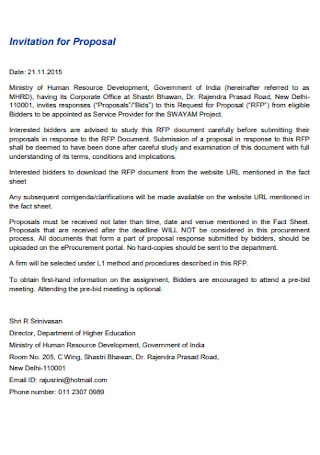
Invitation Request for Proposal Template
download now -
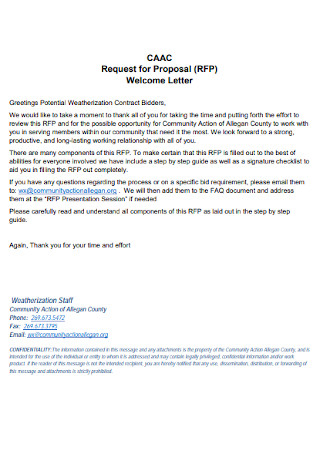
Request for Proposal Welcome Letter
download now -
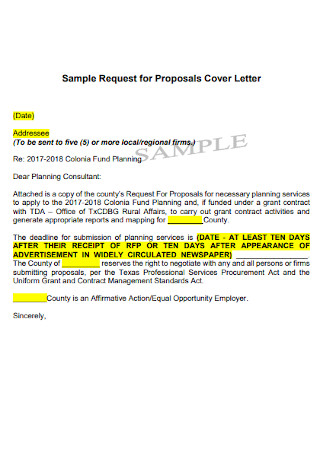
Sample Request for Proposals Cover Letter
download now -

Sample Request Proposal Letter of Inquiry to a Foundation
download now -
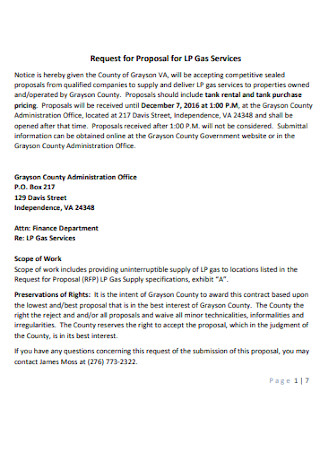
Request for Proposal for LP Gas Services Letter
download now -

Letter of Submittal Request for Proposal
download now -
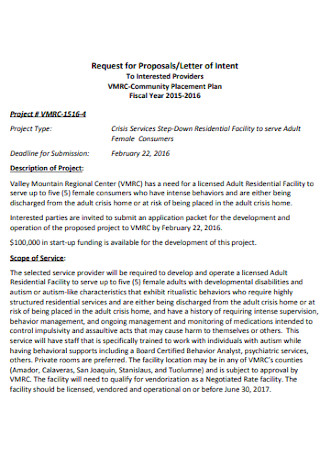
Request for Proposals Letter of Intent
download now -
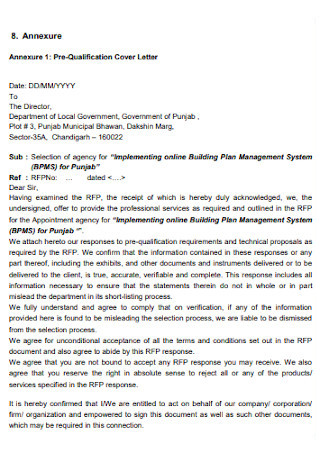
Basic Request for Proposal Letter Template
download now -
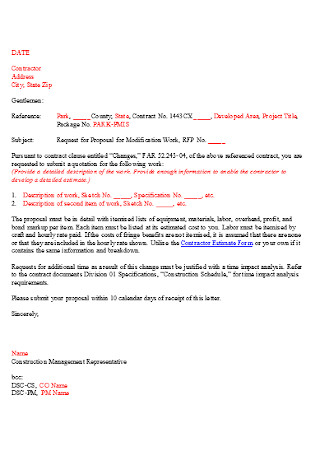
Standard Request for Proposal Template
download now
FREE Request for Proposal Letter s to Download
Request for Proposal Letter Format
Request for Proposal Letter Samples
What is a Request for Proposal?
Key Elements Included in a Request for Proposal
How to Create a Request for Proposal Letter?
FAQS
What are the advantages of using an RFP Letter over informal bidding?
How can you ensure the RFP attracts quality proposals?
What should you do after receiving RFP proposals?
How do you evaluate proposals from an RFP?
What is the typical timeline for an RFP process?
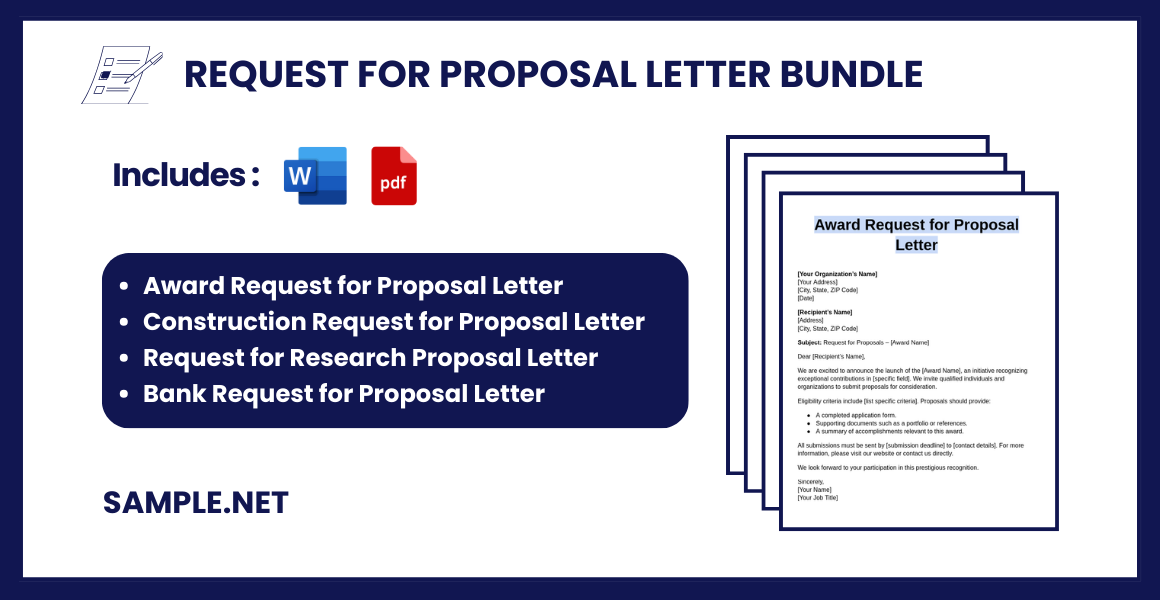
Download Request for Proposal Letter Bundle
Request for Proposal Letter Format
[Your Company Name]
[Your Address]
[City, State, ZIP Code]
[Phone Number]
[Email Address]
[Date]
[Vendor’s Company Name]
[Vendor’s Address]
[City, State, ZIP Code]
[Phone Number]
[Email Address]
Subject: Request for Proposal for [Project Name or Service]
Dear [Vendor’s Name],
We, at [Your Company Name], are currently seeking a [service/product/solution] to [briefly describe the project or the goal]. As part of our process, we would like to invite your company to submit a proposal for the [describe the project or service].
Project Overview:
- [Provide a detailed description of the project and what you are looking for]
- [List any specific goals or expectations]
Scope of Work:
- [Describe the specific tasks or services you are requesting from the vendor]
- [Specify the deliverables or outcomes expected]
Proposal Requirements:
Please include the following in your proposal:
- A detailed description of your approach to the project.
- An outline of the resources and team members you will assign to the project.
- A timeline with key milestones.
- A detailed cost breakdown.
- Your relevant experience and references from previous clients.
- Any additional information or insights that may be beneficial.
Proposal Submission Deadline:
Please submit your proposal by [deadline date] to [submission email or address]. Late submissions may not be considered.
Evaluation Criteria:
We will review the proposals based on the following factors:
- Quality and relevance of the proposed solution.
- Cost and value for money.
- Vendor’s experience and track record.
- Timeline and project management capabilities.
We look forward to receiving your proposal. If you have any questions or require further details, please do not hesitate to contact us at [phone number] or [email address].
Thank you for your time and consideration.
Sincerely,
[Your Name]
[Your Title]
[Your Company Name]
What is a Request for Proposal?
A Request for Proposal (RFP) Letter is a document that an organization sends out to potential vendors or service providers to invite them to submit detailed proposals for a specific project, product, or service. The letter typically contains an outline of the project’s scope, goals, timelines, budget, and other essential details that vendors need to create their proposals. This process helps businesses compare multiple service providers before selecting the best fit for their needs. You can also see more on Development Request for Proposal.
Key Elements Included in a Request for Proposal
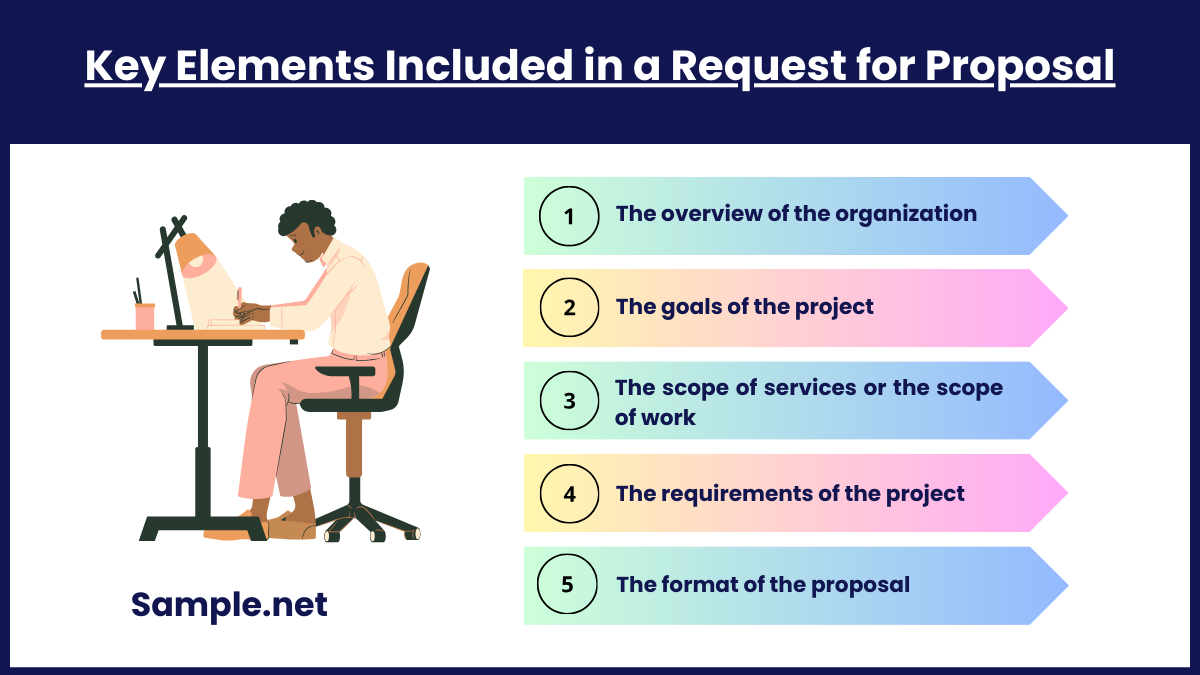
How to Create a Request for Proposal Letter?

Step 1: Identify the Purpose and Scope
The first step in creating an RFP letter is to define the purpose of the project and the scope of work. This includes identifying the services or products you need and any specific requirements that must be addressed. You should also consider the project’s budget, timeline, and overall goals to ensure the right vendors are attracted to the proposal request.
Once the purpose and scope are clearly defined, move on to the next step of creating a comprehensive RFP letter.
Step 2: Include Background Information
The RFP letter should include background information about your organization and the project. This helps potential vendors understand your needs and expectations. The letter should provide context for why the project is being initiated, key objectives, and how the project aligns with broader business goals. This section should also highlight any previous work or background that will help vendors tailor their proposals. You can also see more on Proposal Letter.
Step 3: Outline Specific Requirements
Clearly articulate the requirements of the project or service. Provide detailed specifications regarding what you expect from the vendor, including deliverables, deadlines, and any technical, operational, or regulatory standards that must be met. Be as specific as possible to help vendors understand the project scope and the solutions they will need to provide.
Step 4: Define Evaluation Criteria
In this step, outline how the proposals will be evaluated. Vendors need to understand the criteria that will be used to assess their submissions. These criteria might include factors such as price, experience, expertise, proposed solutions, and timeline. Be transparent about how the selection process will work so vendors can tailor their proposals accordingly.
Step 5: Provide Submission Guidelines
Finally, the RFP letter should include guidelines on how vendors should submit their proposals. Specify the deadline for submissions, required format (e.g., PDF, Word document), and any other necessary details like point of contact or submission portal. Make it clear how vendors can reach out for clarifications if needed and mention the next steps in the evaluation process. You can also see more on Hotel Request for Proposal.
FAQS
What are the advantages of using an RFP Letter over informal bidding?
An RFP letter provides a structured and formal process for comparing vendor proposals, ensuring transparency and fairness while minimizing the risk of favoritism or unclear expectations.
How can you ensure the RFP attracts quality proposals?
To attract quality proposals, the RFP should be clear, detailed, and concise, with well-defined requirements, an appropriate timeline, and clear evaluation criteria that reflect the project’s goals. You can also see more on Construction Request for Proposal.
What should you do after receiving RFP proposals?
After receiving RFP proposals, evaluate them according to the established criteria, interview vendors if necessary, and make a final decision based on the best fit for the project’s needs.
How do you evaluate proposals from an RFP?
Proposals are evaluated based on criteria like price, quality of the solution, vendor experience, and alignment with the project’s goals and timeline.
What is the typical timeline for an RFP process?
The RFP process can vary depending on the complexity of the project, but it generally takes anywhere from a few weeks to several months. This includes the time for vendors to submit proposals, for the business to review them, and for final selection and contract negotiations.
